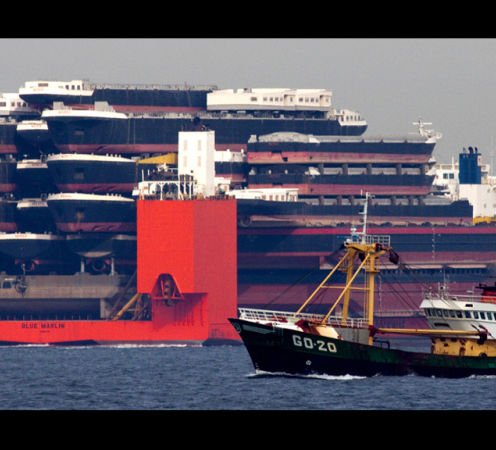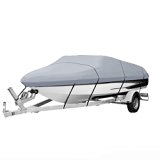Boat carrying boats

Present news products and a day to day concern expected by Florida residents to police regards the carrying of self-defense weapons, specifically guns, on sailboats, yachts along with other seaworthy craft effective at entering international seas. Legal authorities tend to be on a regular basis asked just what the appropriate ramifications tend to be and what legislation and acknowledged principles come in place for this.
The answer? Well, it's difficult. Legally, it's far simpler to not have a firearm on your ship. That is how it's. Unfortunately, numerous legal issues we possibly may take for granted as Floridians and People in america are nonexistent roughly perplexed as to be generally speaking overlooked when a vessel enters international seas.
To understand the legalities surrounding firearms carriage in seagoing vessels, we have to first evaluate maritime legislation. Then we must consider worldwide legislation. Then national laws and regulations. After that state-specific legislation. Like I stated, it really is complicated.
We begin with the overarching legislation associated with the ocean called Maritime Law (also called Admiralty Law, the Law associated with Sea, etc). Our modern international maritime legislation is grounded in United Nations agreements, which by themselves are mainly contains typically acknowledged principles of the ocean which were produced by custom as time passes. Particularly we are speaing frankly about the United National Convention regarding the Law associated with water.
From the open ocean, in intercontinental seas (defined as everything beyond 12 miles through the closest coastal point of a country, but much more plainly as something beyond 24 miles regarding the nearest coast) regulations become enforced on the boat could be the law of this vessel's flag of origin. This means, a vessel traveling a United shows banner of performers and stripes or any other recognized U.S. maritime flag (e.g. the Yacht ensign) are susceptible to the guidelines regarding the United States. Legally this means that the ship is signed up towards nation whoever banner it flies and carries paperwork to that particular result. Therefore merely flying the banner of a nation on a boat just isn't always indicative of that ship's real nation of source or enrollment (if any).
Hence a vessel traveling the United states flag (legitimately) in international waters may carry any firearm permitted by U.S. federal legislation also appropriate ammunition to go along with it. This, however, is just true in worldwide seas. Demonstrably, a ship must visit port sometime.
The lacking its that a vessel going into the protected seas (coastline) of a country becomes at the mercy of the guidelines of the country once it will so. By-law, the protected (or "owned") shoreline of nation begins at 12 miles through the nearest coastal point. Used, it could expand as far as 24 miles from that closest land point, utilizing the interim 12 miles becoming a sort of contended area that could or may possibly not be upheld by intercontinental courtroom. Most captains are powered by the 24-mile guideline.
You might also like

|
Komo Pontoon Cover for Boats 17-20 Feet, Heavy Duty, with Carrying Bag, Blue Sports (Norestar)
|

|
Excellent Quality ALAZCO First Aid Storage Bag For Emergency / Medical Supplies - Camping Hiking Travel Car Sports RV Boat Health and Beauty (ALAZCO)
|
|
LB1 High Performance Portable Jump Starter for Cars Trucks Boats SUVs Motorcycles and Battery Charger for Electronics and Mobile Devices with Carrying Case - 12,000mAh Power Bank with Advanced Safety Protection and Ultra Fast Dual USB Charging Ports, Never Be Stranded Without Power - 18 Months Warranty Wireless (LB1 HIGH PERFORMANCE)
|
|

|
Ancheer 600D V-Hull Waterproof Boat Cover For 16-18 Ft Ship Speedboat With Carrying Bag Sports (Ancheer)
|

|
Vintage Photo of SAILBOAT CARRYING CREW The Endeavor (CI625) Entertainment Memorabilia ()
|





